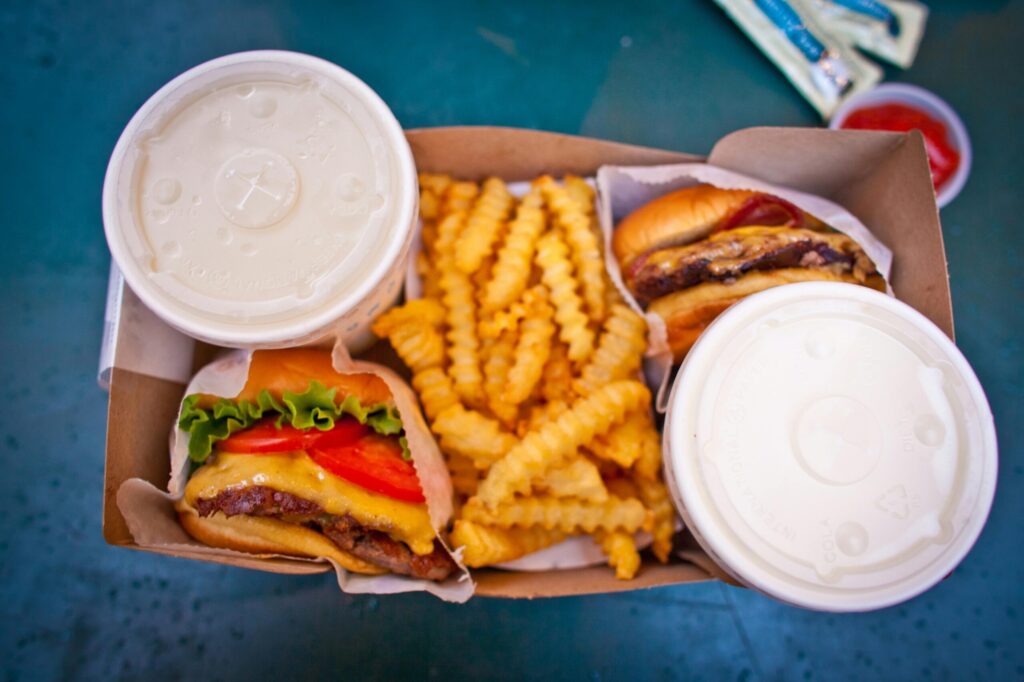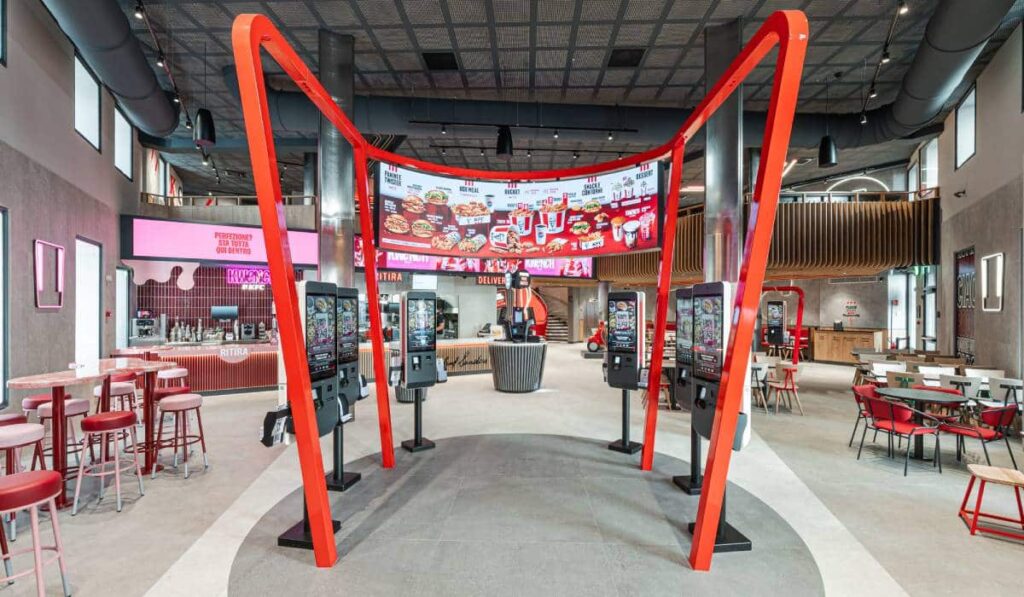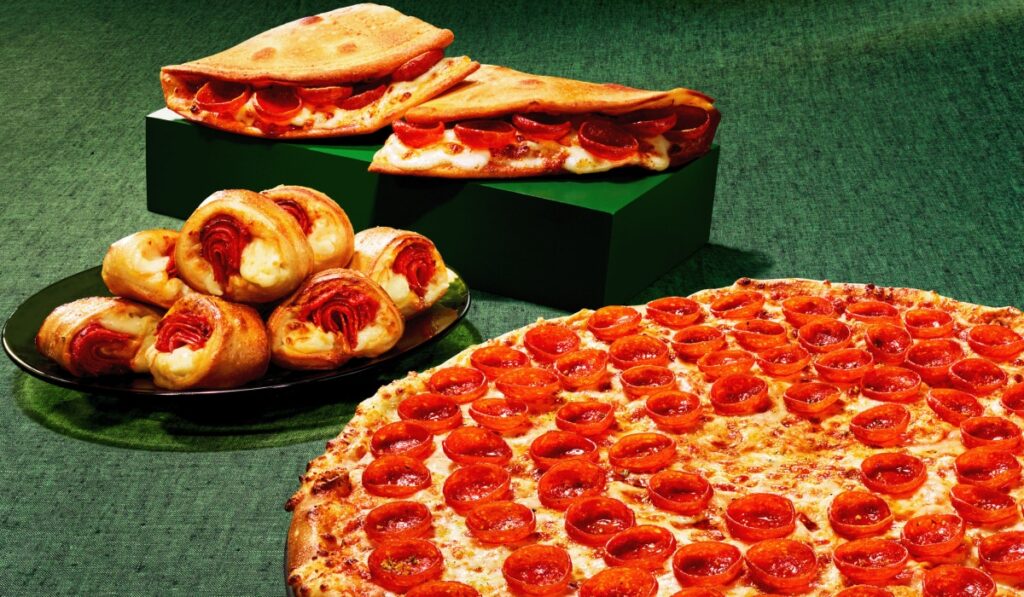How Fast-Food Chains Use AI to Cut Costs and Boost Efficiency

Fast-Food Chains Are Turning to AI to Supercharge Supply Chains
Major fast-food brands are tapping into AI technology to streamline operations, reduce food waste, and improve profit margins — all by harnessing the vast amounts of data they already collect.
Chains like Juici Patties, Domino’s, and Starbucks are integrating AI tools into their point-of-sale and inventory systems to better predict customer demand and optimize their supply chains. With AI, restaurants can react faster to market changes, reduce unnecessary spending, and deliver a more efficient experience for customers.
Why Fast-Food Chains Are Perfect for AI
Fast-food restaurants are uniquely suited for AI because they collect detailed customer data with every transaction. This data — including purchase patterns, peak hours, and product pairings — can be used to forecast demand and adjust inventory levels accordingly.
“Restaurants are extremely data-rich,” said Spencer Michiel, a tech advisor at Back of House. “They’ll adopt any tool that improves speed, efficiency, and lowers costs.”
Case Study: Juici Patties
Juici Patties, a fast-growing Caribbean fast-food chain, turned to AI after experiencing stockouts during its U.S. expansion. Using AI’s predictive tools, the chain now avoids disruptions by monitoring inventory in real time and adjusting supply to meet local demand.
AI also helped Juici discover an unexpected insight: customers wanted to buy food earlier in the day — before stores opened. After adjusting hours, the company reported a consistent increase in daily sales.
Big Players Are All In on AI
-
Domino’s is using generative AI from Microsoft to simplify inventory and ordering.
-
Starbucks is leveraging Microsoft tools for product development.
-
Yum Brands (owner of Taco Bell, KFC, and more) partnered with Nvidia for labor and analytics automation.
-
McDonald’s works with Google Cloud and IBM to maximize both sales and supply chain performance.
These partnerships signal a clear shift toward data-driven decision-making in the food industry.
AI Cuts Waste, Boosts Profits
One of the biggest cost burdens for restaurants is food waste. Over-ordering leads to spoiled ingredients, lost revenue, and higher prices. AI can significantly reduce this risk by accurately predicting what — and how much — to order.
Stephen Zagor, a restaurant consultant and Columbia Business School professor, explains:
“Over-ordering is straight loss. AI helps minimize that by connecting demand forecasts to supply purchasing.”
AI systems can also identify profitable ingredient swaps that maintain product quality while lowering costs — helping fast-food chains operate leaner while keeping customers satisfied.
Challenges for Small Restaurants
Despite the benefits, smaller independent restaurants often lack the time, budget, or technical knowledge to implement these systems. Licensing costs and integration challenges with existing POS systems remain barriers to entry for many.
Michiel noted,
“If done incorrectly, a new system could cause data loss or major lag — and that’s going to be frustrating.”
AI Isn’t Perfect, But It Works
Implementing AI is complex and not without risk, as Juici Patties’ CTO Stuart Levy acknowledged. Still, the operational gains — including smarter purchasing, fewer stockouts, and increased sales — have proven worth the investment.
For fast-food chains seeking to thrive in a high-pressure, low-margin industry, AI isn’t just the future — it’s already here.
: 175







